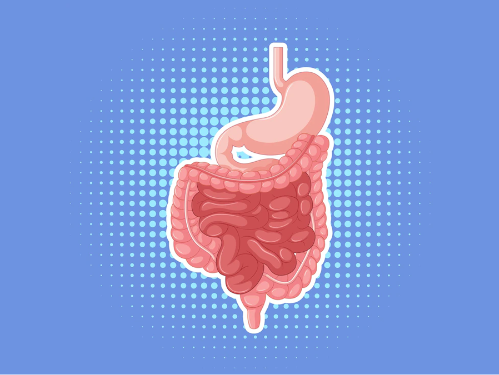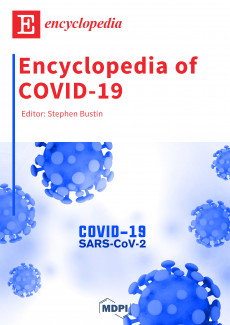You're using an outdated browser. Please upgrade to a modern browser for the best experience.
Topic Review
- 515
- 30 Aug 2022
Topic Review
- 514
- 05 Mar 2024
Topic Review
- 513
- 04 Mar 2022
Topic Review
- 513
- 07 Mar 2024
Topic Review
- 512
- 29 Mar 2022
Topic Review
- 511
- 20 Jan 2022
Topic Review
- 511
- 15 Nov 2022
Topic Review
- 510
- 25 Nov 2021
Topic Review
- 510
- 11 Mar 2024
Topic Review
- 509
- 24 Feb 2022
Topic Review
- 509
- 26 Jul 2023
Topic Review
- 508
- 01 Apr 2021
Topic Review
- 508
- 22 Mar 2022
Topic Review
- 508
- 11 Oct 2022
Topic Review
- 508
- 08 Mar 2024
Topic Review
- 507
- 12 Jan 2022
Topic Review
- 506
- 30 Sep 2021
Topic Review
- 506
- 19 Jan 2022
Topic Review
- 506
- 25 Feb 2022
Topic Review
- 506
- 18 Feb 2024
Featured Entry Collections
>>
Entries: 489
Entries: 737
Entries: 390
Entries: 649
Featured Books
- Encyclopedia of Engineering
- Volume 1 (2023) >>
- Chief Editor:
- Encyclopedia of Social Sciences
- Chief Editor:
- Encyclopedia of COVID-19
- Chief Editor:







